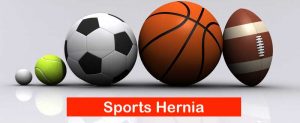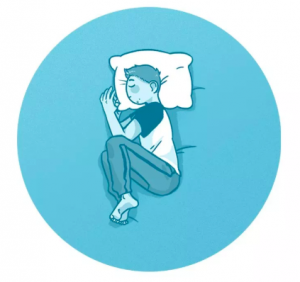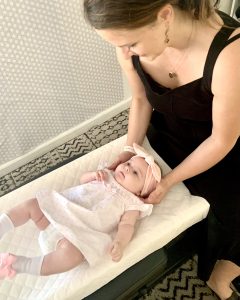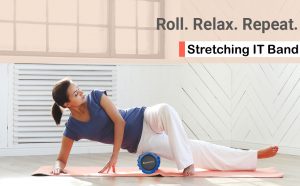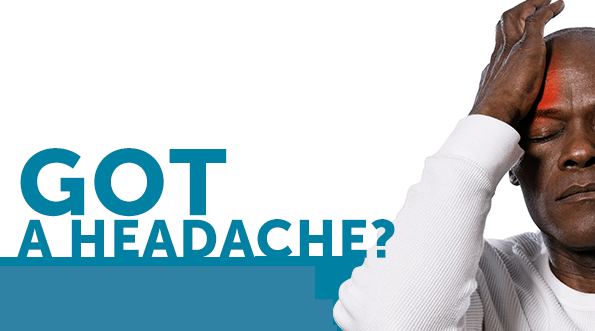
You already know you are not alone if you have headaches. Nine out of ten Americans have them. Some are frequent, others less, and some cause tiring pain and nausea. What do you do when you have a headache that is pounding? Do you wait for it to go away on your own? Lie down? Pop a pill and pray that the pain is gone? There are better options.
The benefit of chiropractic therapies depends on the type of headaches. The types of headache that are often sought for chiropractic therapy, cervicogenic headaches, migraines react differently to chiropractic treatment.
Headaches have many triggers, including food, external influences (noise, light, stress, etc.) and/or actions (insomnia, alterations in blood sugar, etc.). Approximately 5 percent of all headaches are alerts caused by physical issues. The rest 95% of headaches are primary headaches or migraines. These kinds of headaches are not triggered by illness; the main issue is the headache itself.
The vast bulk of primary headaches are connected with neck muscle tension. In the Bay Area and specifically regions around Santa Clara and San Jose, people participate in more sedentary operations than ever before, and they spend more hours in one fixed position or place (such as seated in front of a laptop). This can boost tension and joint irritation in your neck, middle back, and scalp, triggering headaches.
Cervicogenic Headaches
Cervicogenic headaches typically begin with one-sided pain which begins at the back of the head and then moves to the front, often accompanied by pain of the same side of the shoulder or arm. It is believed that cervicogenic headaches are caused by an underlying neck and/or cervical spine problem and may be triggered by injury.
Cervicogenic headaches, which are among the least common types of headache, often do not improve with medication. This is the only type of headache where spinal manipulation is recommended. This is a procedure in which a health care provider trained in spinal manipulation uses their hands or a device to apply a controlled force to a specific joint of your spine. When the force is applied, you may hear a sound popping. When spinal manipulation is used to treat cervicogenic headaches, the cervical spine (upper part of the spine in the neck) is the focus area.
Research indicates that spinal manipulation, one of the main treatments of chiropractic practitioners, can be an efficient therapy choice for headaches originating in the neck. A 2014 study in the Journal of Manipulative and Physiological Therapeutics (JMPT) discovered that procedures frequently used in chiropractic care enhanced results for treating acute and chronic neck discomfort. Improvements were demonstrated in several cases where a multimodal strategy to neck pain was used.
What can you do on your own?
Rest and stretch.
The American Chiropractic Association (ACA) provides the previous suggestions to avoid headaches: if you waste a lot of moments in a fixed position, like in front of a laptop, on a sewing machine, writing or reading, take a rest and stretch every hour. The exercises should go through a comfortable spectrum of movement with your face and neck.
Avoid locking your jaws and hydrate.
Except when eating, the top teeth should never contact the lower ones. This occurs in pressure at the temporomandibular bones (TMJ)–the two bones that link your mouth to your body–resulting in discomfort with TMJ and headaches.
Drink at least eight glasses of water per day to assist prevent dehydration that can contribute to headaches.
What can a Chiropractic Doctor do?

If you benefit from a primary headache, your chiropractor may do one or more of the following:
- Perform spinal manipulation or chiropractic changes to enhance the operation of the spinal cord and relieve stress on your body.
- Low-load craniocervical mobilization involves a more gentle force than that used in the manipulation of the spinal cord. This force is applied to the neck joints for the treatment of headaches, allowing rhythmic movement of the cervical segments. Usually, stretching is also part of this procedure.
- Advice on posture, ergonomics (working postures), drills and methods of exercise. This recommendation should help in relieving recurring inflammation of the bone and stress in the neck and lower back muscles.
Chiropractic doctors receive comprehensive instructions to assist their patients beyond just treating low-back pain in many respects. They understand how stress in the spine is associated with issues in other areas of the body and can bring measures to alleviate these issues.
Call us or schedule an appointment to talk to a chiropractic doctor if you are interested in alternative therapies for your headaches. A combination of therapies is likely to ease your headache pain.

